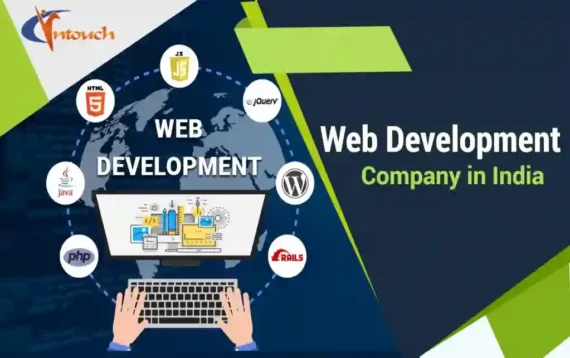As search engine algorithms evolve and become increasingly sophisticated, the landscape of SEO is undergoing a transformative shift. In the age of algorithms, traditional link building strategies are facing new challenges and opportunities. This article explores the future of SEO, with a specific focus on the role of link building in navigating the intricacies of modern search engine algorithms.
1. The Evolution of Search Engine Algorithms:
Search engines continuously refine their algorithms to enhance user experience and deliver more relevant results. The evolution is evident in the increasing emphasis on user intent, context, and content quality. As algorithms become more nuanced, the traditional approach to link building is evolving to align with these changes.
2. Quality Over Quantity:
In the future of SEO, the mantra of “quality over quantity” will resonate more than ever. Search engines are placing a premium on the quality of backlinks rather than sheer quantity. A single high-quality, relevant link from an authoritative source can carry more weight than numerous links from less reputable websites. As a result, the focus of link building strategies will shift towards securing meaningful and contextually relevant links.
3. Contextual Relevance and Coherence:
Contextual relevance is becoming a linchpin in link building. Search engines are placing greater importance on the context surrounding a link, considering the content of the linking page and how it aligns with the linked content. Future link building strategies will prioritize contextual coherence, ensuring that links are embedded naturally within content that complements and enhances the user’s experience.
4. Natural Link Acquisition Through Quality Content:
The future of link building lies in the creation of quality content that naturally attracts links. Rather than relying on manual outreach, brands and website owners will focus on producing content that is informative, engaging, and shareable. This content-driven approach not only attracts natural backlinks but also aligns with the evolving algorithms that reward user-centric, valuable content.
5. User Experience as a Link-Building Factor:
User experience (UX) is emerging as a critical factor in link building. Search engines aim to deliver results that not only match user queries but also provide a positive overall experience. Websites with intuitive navigation, fast loading times, and mobile responsiveness are likely to attract more organic links. Future link-building strategies will integrate UX considerations to enhance both search engine rankings and user satisfaction.
6. Brand Signals and Authority Building:
Building a strong brand presence is becoming synonymous with building authority in the eyes of search engines. Brands that are recognized, trusted, and associated with expertise in their niche are more likely to attract authoritative backlinks. Link building in the future will involve cultivating brand signals, including positive online mentions, social media presence, and consistent messaging that reinforces brand authority.
7. Linkless Mentions and Brand Citations:
Linkless mentions, or brand citations, are gaining prominence in the SEO landscape. Algorithms can now recognize and attribute value to brand mentions even without an explicit hyperlink. Future link-building strategies will incorporate efforts to increase brand visibility and mentions across the digital landscape, contributing to a website’s authority and relevance.
8. Semantic Search and Content Structuring:
Semantic search, which focuses on understanding the meaning behind user queries, is shaping the future of SEO. Link building will increasingly involve aligning content with semantic search by structuring content in a way that addresses user intent. Future strategies will emphasize creating comprehensive, semantically rich content that serves as a valuable resource for users.
9. Diversification of Link Sources:
Diversification of link sources is a trend that will gain prominence. While traditional backlinks remain crucial, future strategies will explore a broader array of sources, including social media mentions, industry-specific directories, and collaborations with influencers. Diversifying link sources adds depth to a website’s link profile and aligns with the evolving algorithms’ preference for varied, organic link acquisition.
10. Algorithm Adaptability and Continuous Monitoring:
In the dynamic landscape of SEO, adaptability is key. Future link-building strategies will involve continuous monitoring of algorithm updates and industry trends. SEO professionals and website owners will need to adapt their strategies to align with algorithmic changes, ensuring sustained visibility and success in the ever-evolving digital environment.
Conclusion:
The future of SEO link building is intricately connected to the evolving nature of search engine algorithms. Adapting to this dynamic landscape requires a shift in focus towards quality, relevance, and user-centric strategies. By embracing the changing dynamics and aligning link-building efforts with the core principles of modern algorithms, businesses and website owners can position themselves for success in the age of algorithms, ensuring sustained visibility and authority in the digital realm.




